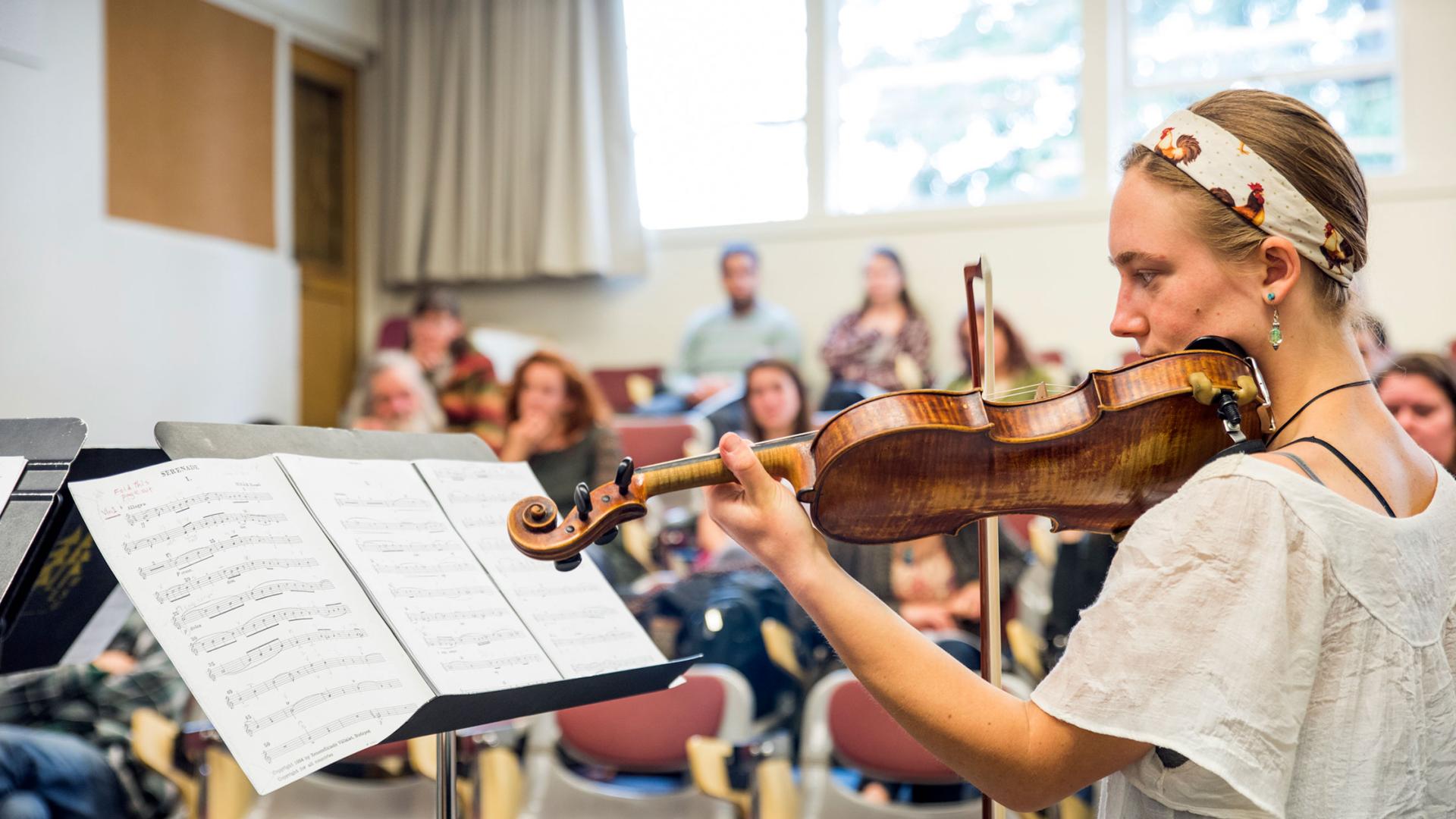Breadcrumb
Learning Disabilities
The California State University Office of the Chancellor defines a learning disability as:
...a generic term that refers to the heterogeneous group of disorders manifested by significant difficulties in the acquisition and use of listening, speaking, reading, writing, reasoning, or mathematical abilities. These disorders occur in persons of average to very superior intelligence and are presumed to be due to central nervous system dysfunction. Even though a learning disability may exist concomitantly with other handicapping conditions (e.g., sensory impairments) or environmental influences (e.g., cultural/language difficulties), it is not the direct result of these conditions or influences.
At the postsecondary level, once documentation of the learning disability is obtained, it is the responsibility of CDRC to respond to the student's request for services. The provision of services is required only if the student with the disability requests services. The appropriate services for each individual is determined by the CDRC counselor and the student through the interpretation of the student's diagnostic assessment, academic history, and interactive interview. Academic adjustments and modifications are made on a course-by-course basis.
Academic adjustments may include:
- assistive technologies (e.g., text-to-speech software, voice recognition programs)
- digital recorders to record classroom lectures
- note taking pens or programs (e.g., Smart Pens)
- modifications in testing procedures (e.g., additional time in noise-reduced environment)
Resources:
- WebMD - Learning Disabilities
- National Center for Learning Disabilities
- Learning Disabilities Association of America
Back to Student Resources





